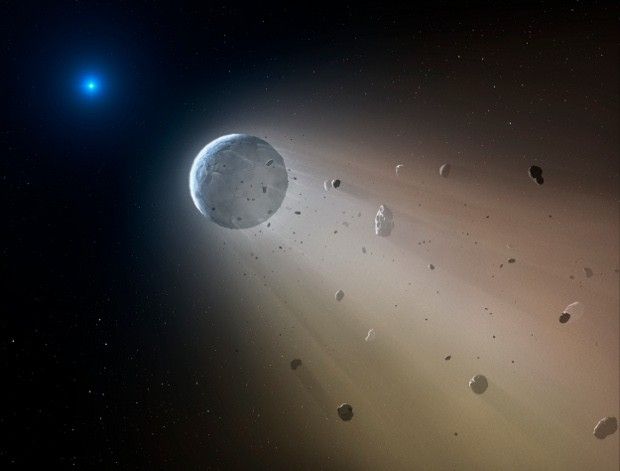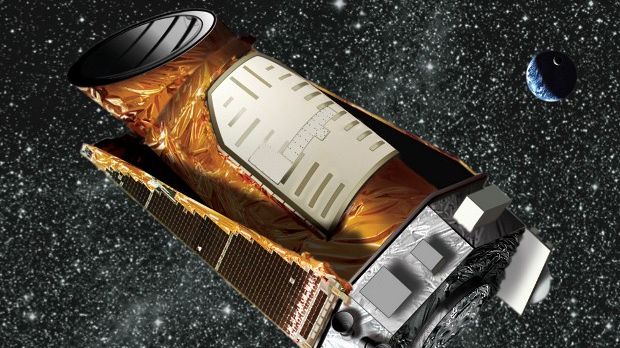NASA's Kepler space telescope was launched into Earth's orbit in March 2009. It's since been browsing our home galaxy, the Milky Way, for signs of planets similar to our own.
Recently, the telescope documented a rocky orb circling what astronomers call a white dwarf star. Such celestial bodies aren't proper stars, not like our Sun is.
Rather, they are the corpses of stars that, having reached the end of their life, first turned into red giants and then lost much of their mass. In a way, white dwarfs are zombie stars.
“As stars like our Sun age, they puff up into red giants and then gradually lose about half their mass, shrinking down to 1/100th of their original size to roughly the size of Earth.”
“This dead, dense star remnant is called a white dwarf,” NASA astronomers explain in a report.
The one spotted by Kepler is particularly vicious
By the looks of it, the rocky planet that NASA's Kepler space telescope documented orbiting a white dwarf star will very soon meet its doom.
The white dwarf, labeled WD 1145+017, is exerting such an intense gravitational pull and giving off so much heat that it is now tearing apart the poor, defenseless planet.
The fact that the planet is positioned quite close to the zombie star - astronomers estimate it has an orbit of just 4.5 hours - isn't helping either.
Apparently, the planet has already lost so much material that it doesn't even look like a planet anymore. Rather, it looks more like an asteroid, NASA scientists explain.
In time, the intense gravity and heat originating from the dead star will completely pulverize the orb.
This frightful discovery is a first for astronomy
Although researchers have long theorized that, following the death of a star, the remaining white dwarf will move on to eat away at whatever planets are left to orbit it, the fact of the matter is this Kepler study is the first time such a phenomenon has actually been documented.
Thus, prior to this investigation, astronomers have never before had the chance to witness a planet being ripped apart and destroyed by the corpse of a star it once used to orbit.
“We are for the first time witnessing a miniature 'planet' ripped apart by intense gravity, being vaporized by starlight and raining rocky material onto its star,” said scientist Andrew Vanderburg, a graduate of the Harvard-Smithsonian Center for Astrophysics, in a statement.

 14 DAY TRIAL //
14 DAY TRIAL // 

